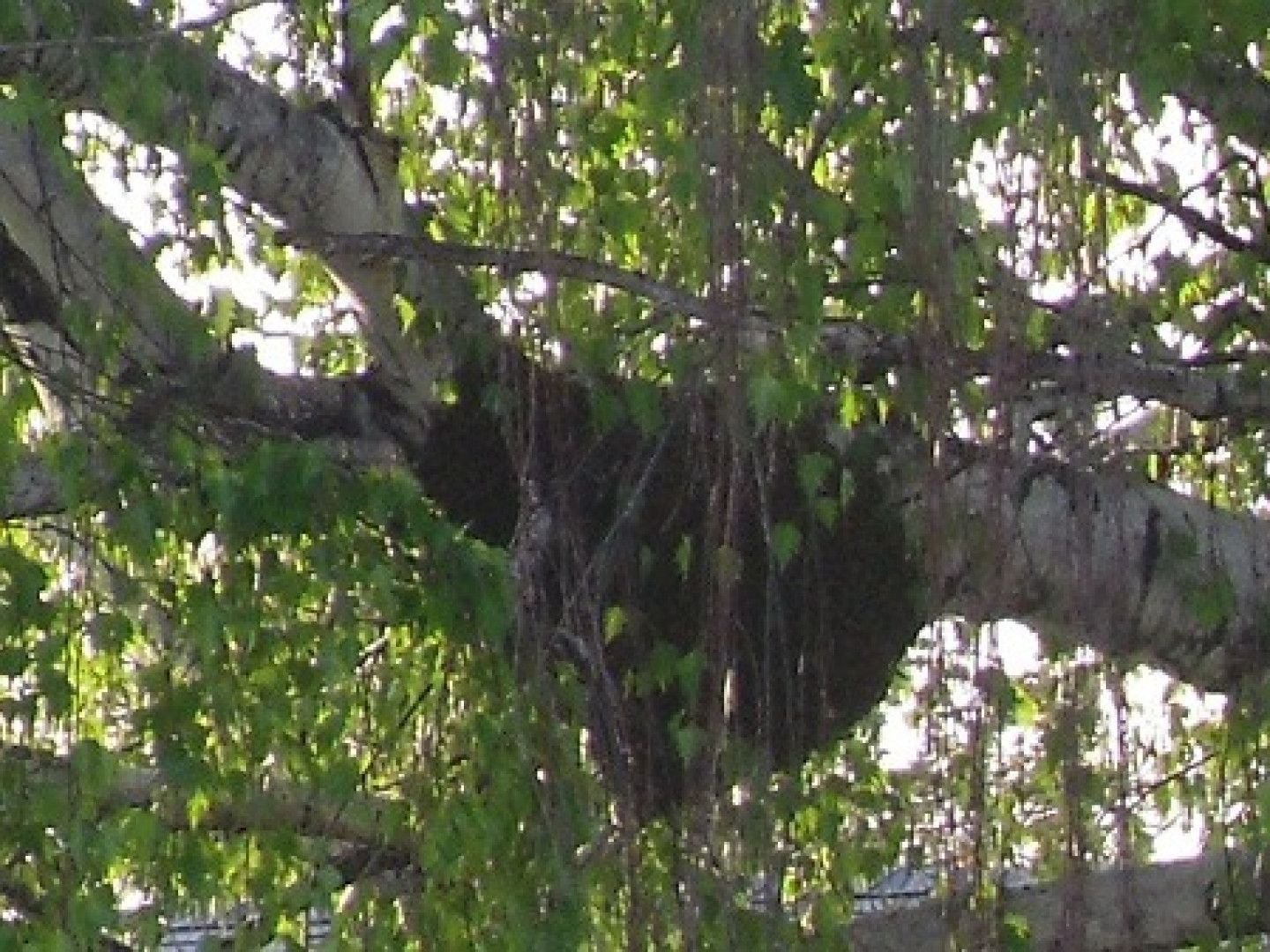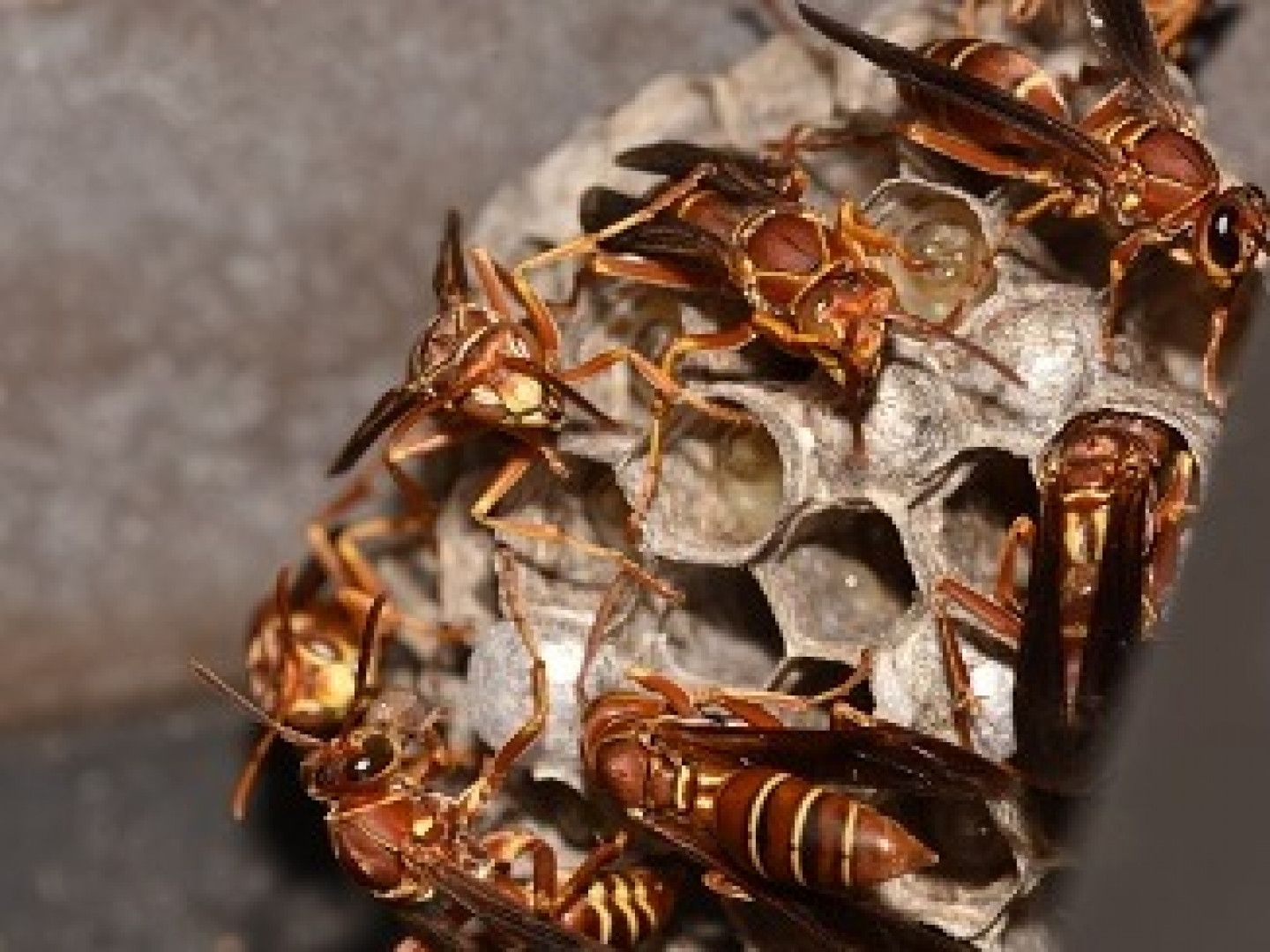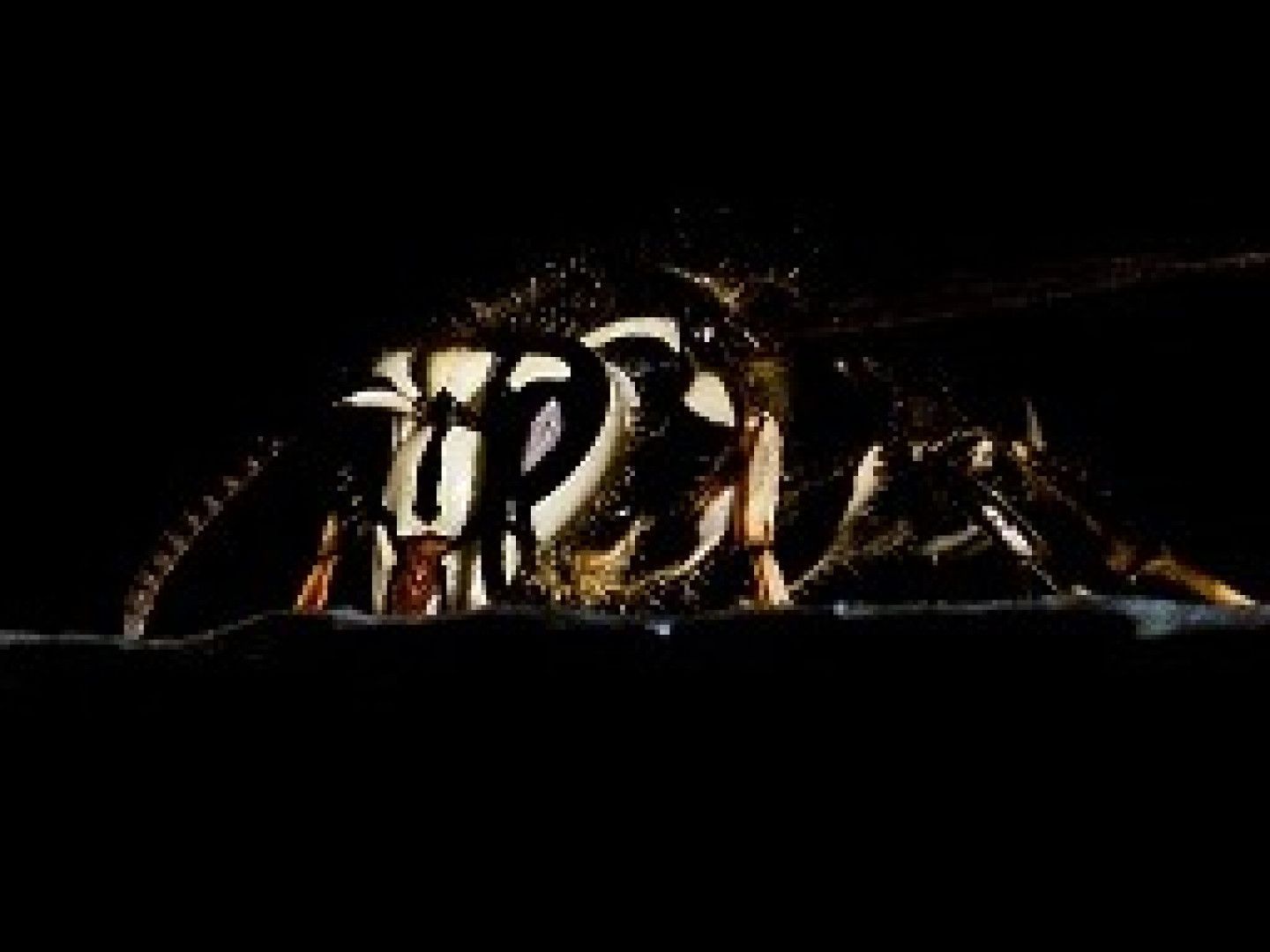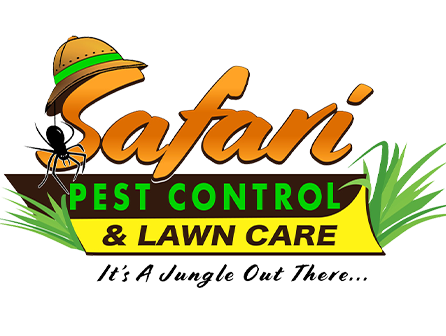Bee Removal in Plant City & Tampa Fl
Bee and wasp stings cause several human deaths in the United States each year. The ability to sting, coupled with great mobility, make bees and wasps some of the most feared of all insects. Many species of bees and wasps are present in every geographic region. Only a few of these species really need to be feared, however, and then only in special cases. If the swarm settles in a place where bees are not welcome, such as the wall of a house, then they become pests.

Contact Us
We will get back to you as soon as possible.
Please try again later.
Wasps Removal in Plant City & Tampa, FL
The bees, wasps, and ants are the only insects that are truly able to "sting" people, and do so by the use of a modified ovipositor, which is normally used for laying eggs. Together with the ants, the bees and wasps are in the order Hymenoptera. Often people will find they have some of these insects apparently taking up residence in their homes or yards...and often react with fear, although sometimes unnecessarily. Some bees and wasps are far more aggressive than others.


Hornets
Hornets build their nests in attics, under roof overhangs, in crawlspaces and wall voids, and under porches and decks. They do not attack humans unless feeling threatened. They have stingers and venom, but humans are not their target. However, killing just one hornet close to its nest while others are present can be very dangerous.
Bald-faced hornets may be best described as large, black and white, heavy-bodied wasps about ¾" long. They typically build exposed, mottled grey nests in trees or shrubs. Occasionally, the wasps will build nests under roof overhangs, in attics, crawlspaces and wall voids, or under decks or porches. The nests are constructed of a paper-like martial formed from chewed wood. The nests are often described as "football shaped", but they may exceed a basketball in diameter.
Yellowjackets
Yellow jackets are house fly-sized wasps with distinct yellow and black markings and a few hairs. They construct a similar type of paper nest; however, it will be tan in color, much smaller in size compared to the hornet nest, and is usually found in an underground cavity. Common locations for nests are in lawns, particularly in sandy exposed areas, as well as at the base of trees or shrubs. Occasionally, yellow jackets will nest in attics or wall voids of houses or storage buildings.

